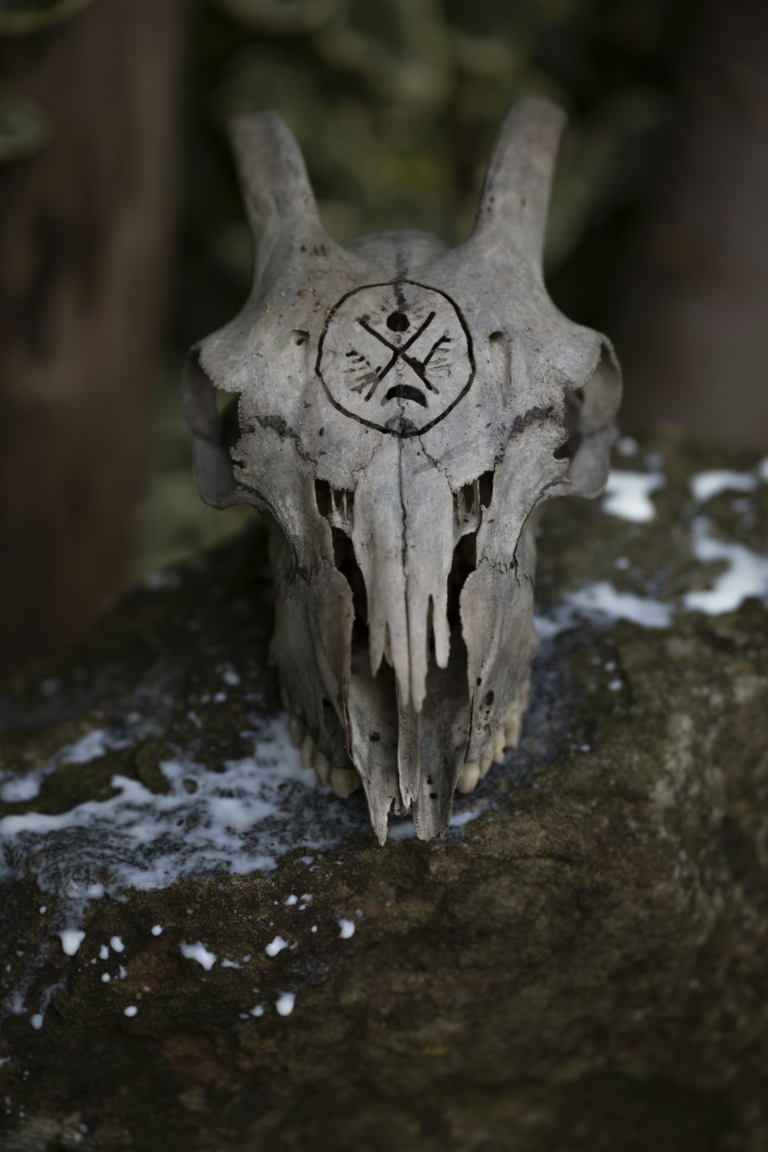
Newsletter Subscribe
Enter your email address below and subscribe to our newsletter

Enter your email address below and subscribe to our newsletter


Exploring Scottish Folk Practices and Traditions

Our homes were round once – a sacred circle. Imagine. A home with no corners. A roundhouse. Folk say the Romans made houses rectangles and introduced the cross-cutting corners of bureaucracy. The ideal Roman city was a regular grid of…
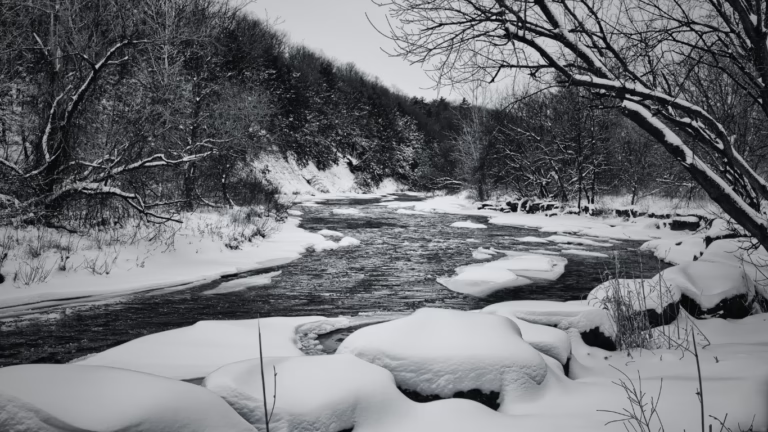
In Scottish cosmology, sacred waters such as our sea and rivers are more than elements; they are animated by their own spirits and present to us gateways to profound wisdom, spiritual insight, and personal power. Water is life and wise…
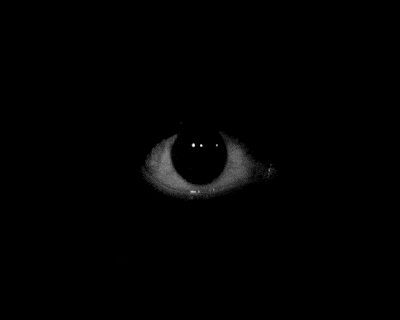
In the mountainous highlands and rugged borderlands of Scotland, the ancient belief in the evil eye, known as the “uncannie eye” or “ill eye” still lingers, casting a shadow over folklore and daily life. For centuries, Scottish folk have whispered…

Fastern’s E’en or Fasterns Een is a festival in Scotland, held on the Tuesday before Lent, otherwise known as Shrove Tuesday. Fastern E’en comes from Scots. Fastern’s E’en is also known as fastern-, fastren(‘s)-, fasten(‘s)-; fasting’s- (Sc. 1750 W. McFarlane…

Scottish healing wells or stroopie wells hold a deep and long history. Stroopie comes from the Gaelic word tobar-shrùbaidh meaning healing well the last word shrùbaidh sounds like stroopie. We know from archaeology and other deposits throwing of gifts and…

Dàir na Coile is a fascinating tradition one we have very little written about. Dàir na coille I have come to love though. Its a counterpoint to consumerism – an invitation to pause and links back into the cyclical idea…

Introduction – Celtic cosmology To understand why Scottish folk practice includes a focus on nature – earth, sky and waters spirts and its animated world we need to understand the roots of this island and its associated cosmology. This post…

Marysmass, Mary’s mass, Féil-Moire (Mary’s day) the Big St Marys Feast or the Assumption day happens on the 15th of August. Personally, I think it’s a great example of the syncretic nature of Scottish Folk practices and pre reformation kirk activities.…

I have written a lot about my views on Scottish spirituality and folk belief before, but I’ve never really spelled out the position – why of things. I’ve explored Scottish cultural appropriation and appreciation through a story you can find…
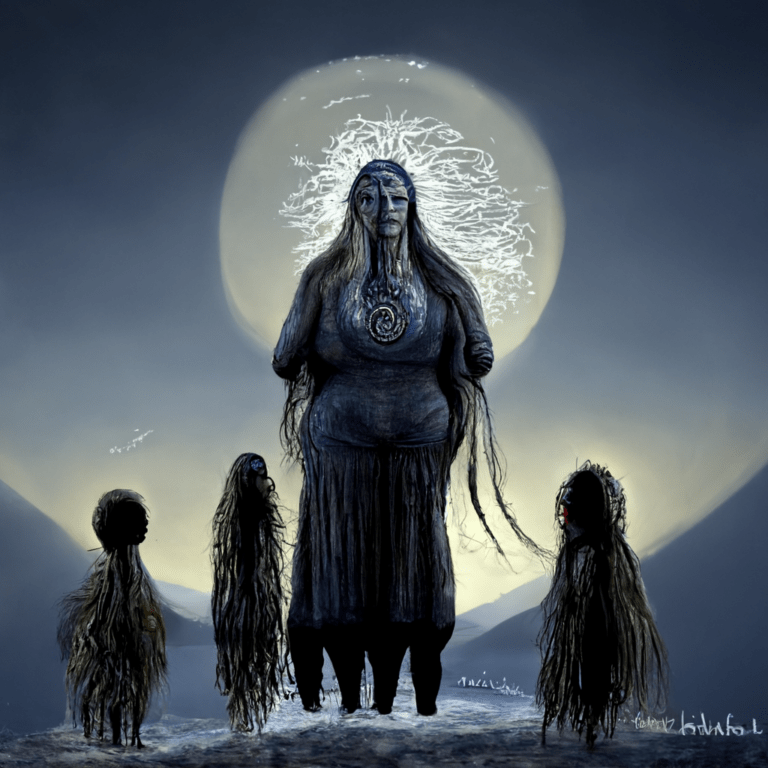
Folk devils and saints in Scottish folk magic occur time and time again. Folk devils are tied to stories in our land and demonise our past folk traditions. Saintly spirits (along with folk devils) are called up for healing, cursing,…
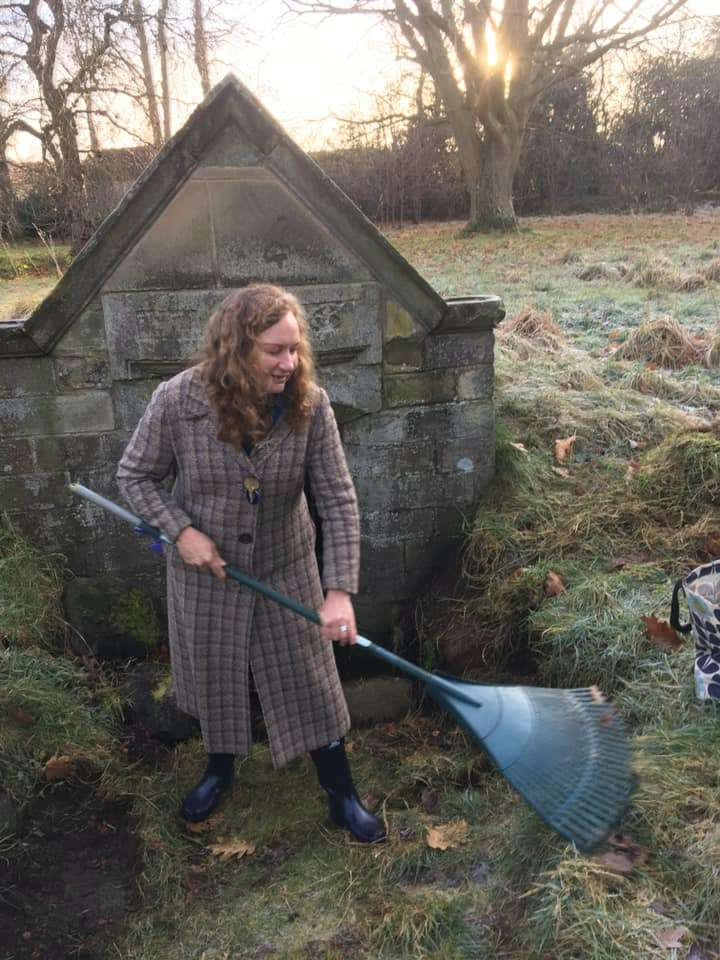
A Folk/Community Heritage hunters beginner’s guide on how to research community heritage As part fo the network you might want to research community heritage and this how to guide will help you make the first steps. You think you might have heard…

There is a strong tradition of taking the waters or drawing the water from a sacred spring or clootie wells at certain times of the year, or for traditional charms and invocations. These waters are used in 40% of the…

Scotland is a wonderful place, with history and myth woven into a landscape of cairns, stanes, trees, rivers, hills, springs, and wells. These special places comprise our community folk heritage. We want you to enjoy the amazing access Scotland’s land rights…

If you wish for the blessings of a sacred site to go with you when you leave, take not only your own rubbish, but also the rubbish left by others. Dispose of it responsibly. Consider the act of taking litter…
Beyond the Yule breads and celebration Plant lore is the verdant heart of Scottish folk holidays and traditions charring the old wife is a unique Scottish tradition. The Yules are no exception, even though at Yuletide the greenery has all…
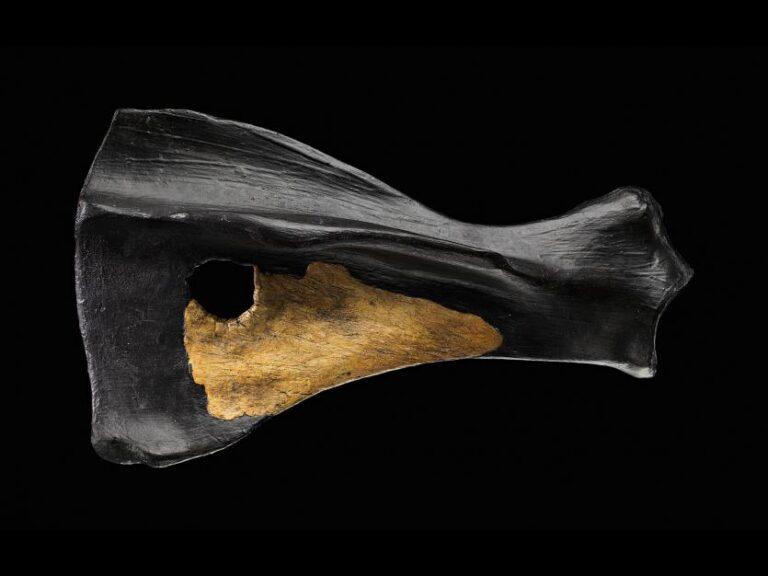
scapulimancy – Slinneanachd - Slinnairachd - divination by shoulder blade in Scottish Folk magic an exploration of the evidence and method.
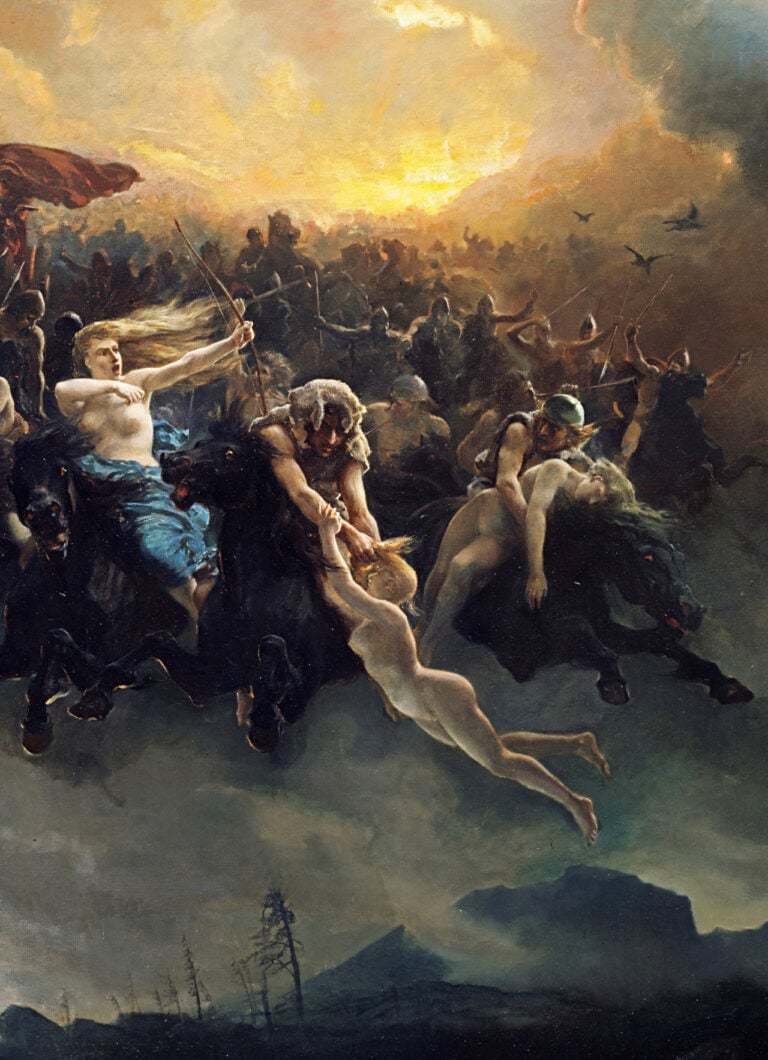
I ‘m currently obsessed with the idea of parts of the self in Scottish folklore. Not just our bodies but what our spiritual DNA or what our sprit was once thought to be made of. It’s not just a mind,…
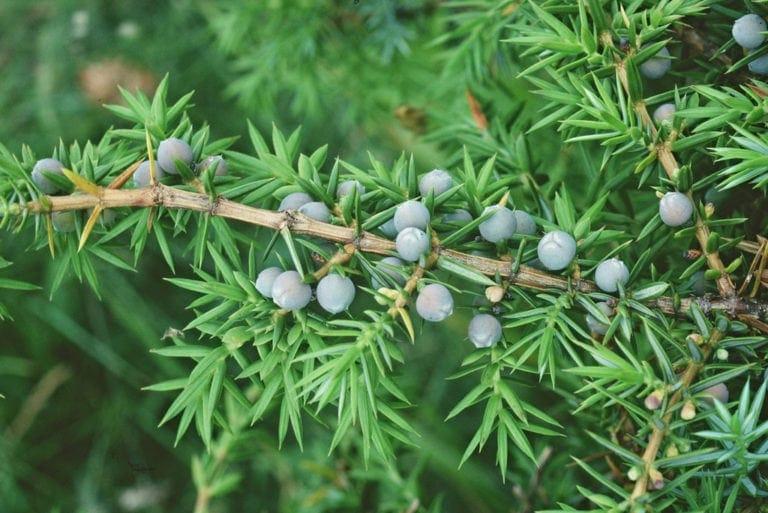
Saining is the Scottish Folk magic act of purification – a way of blessing or removing enchantments that uses smoke or other methods like tar or water or written texts (though Mackenzie writes of it as an amulet to make…
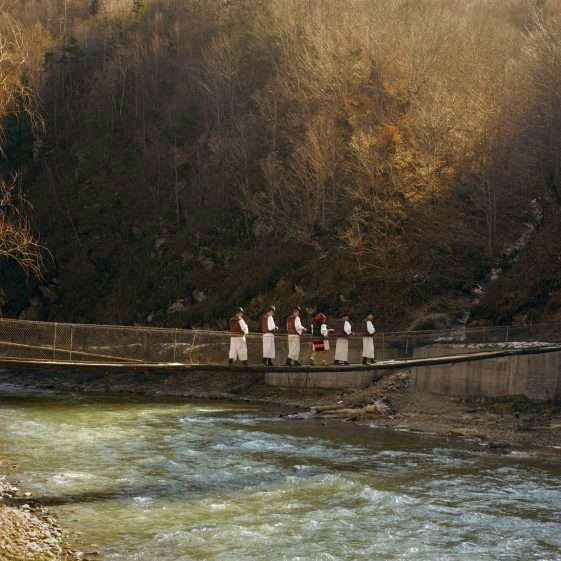
The below is the introduction for the event Dreaming Bread and Skyrie Stanes on the 11th of November 2018. I thought I’d share it on the website for folk who can’t make the day. I’m also nervous about public speaking…
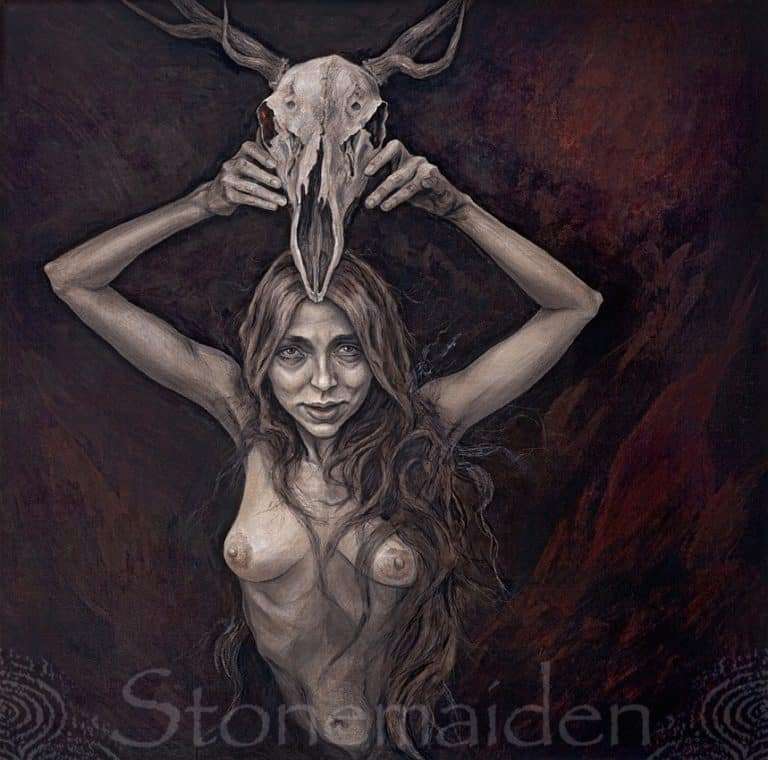
My folks have always told me I have more a face for radio than I do TV. I also don’t like associating myself with my writing to any great degree. I’m no brand – I think I’m still scarred by the…